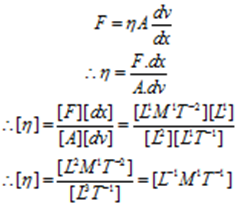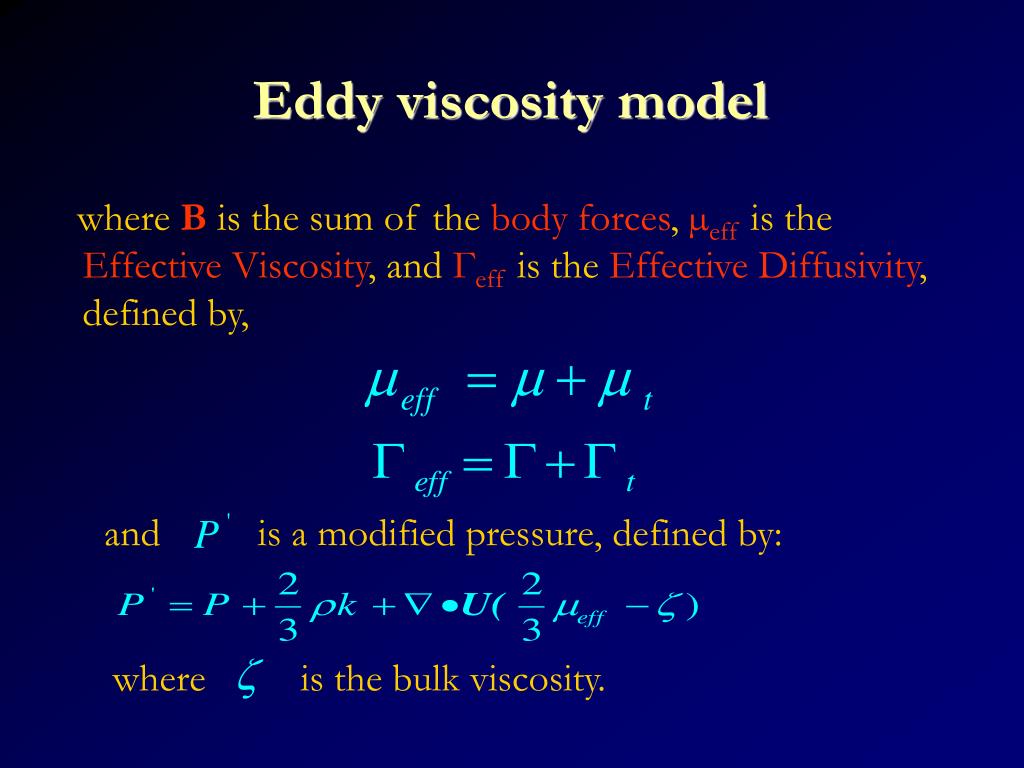
The higher the relative velocity v of the plates and the smaller the distance y between the plates, the greater the shear stress.

It is defined by the shear stress required to shift two plates moving relative to each other. Our approach relies on a combination of combinatorial arguments, variational analysis, elliptic regularity, probability theory, and diagrammatic integration methods. Viscosity describes the internal resistance to flow of a fluid (internal friction). Estimation of the viscosity of a polymer at a given temperature requires a knowledge of the viscosity at two other temperatures. In some specific settings, we further address the summability of the whole cluster expansion. A common expression relating viscosity to temperature is the Arrhenius equation, 77, 4-eS/T or Tf A10B/T, where A and B are constants characteristic of the polymer or other material, and Tis the absolute temperature. This equation is based on a semi-theoretical assumption by Chapman and Enskog.

In particular, we justify a celebrated result by Batchelor and Green on the second-order correction and we explicitly describe all higher-order renormalizations for the first time. The Chapman-Enskog equation may be used to estimate viscosity for a dilute gas. In addition, we pursue the low-density expansion to arbitrary order in form of a cluster expansion, where the summation of hydrodynamic interactions crucially requires suitable renormalizations. In the present memoir, we establish Einstein's effective viscosity formula in the most general setting. The rigorous justification is, in fact, quite subtle as the effective viscosity is a nonlinear nonlocal function of the ensemble of particles and as hydrodynamic interactions have borderline integrability. Next, the second assumption allowed Einstein to approximate this effective viscosity at low density by considering particles as being isolated.

In mathematical terms, the first assumption amounts to the validity of a homogenization result defining the effective viscosity tensor, which is now well understood. His formal derivation relied on two implicit assumptions: (i) there is a scale separation between the size of the particles and the observation scale and (ii) at first order, dilute particles do not interact with one another. In his PhD thesis, Einstein derived an explicit first-order expansion for the effective viscosity of a Stokes fluid with a suspension of small rigid particles at low density.


 0 kommentar(er)
0 kommentar(er)
